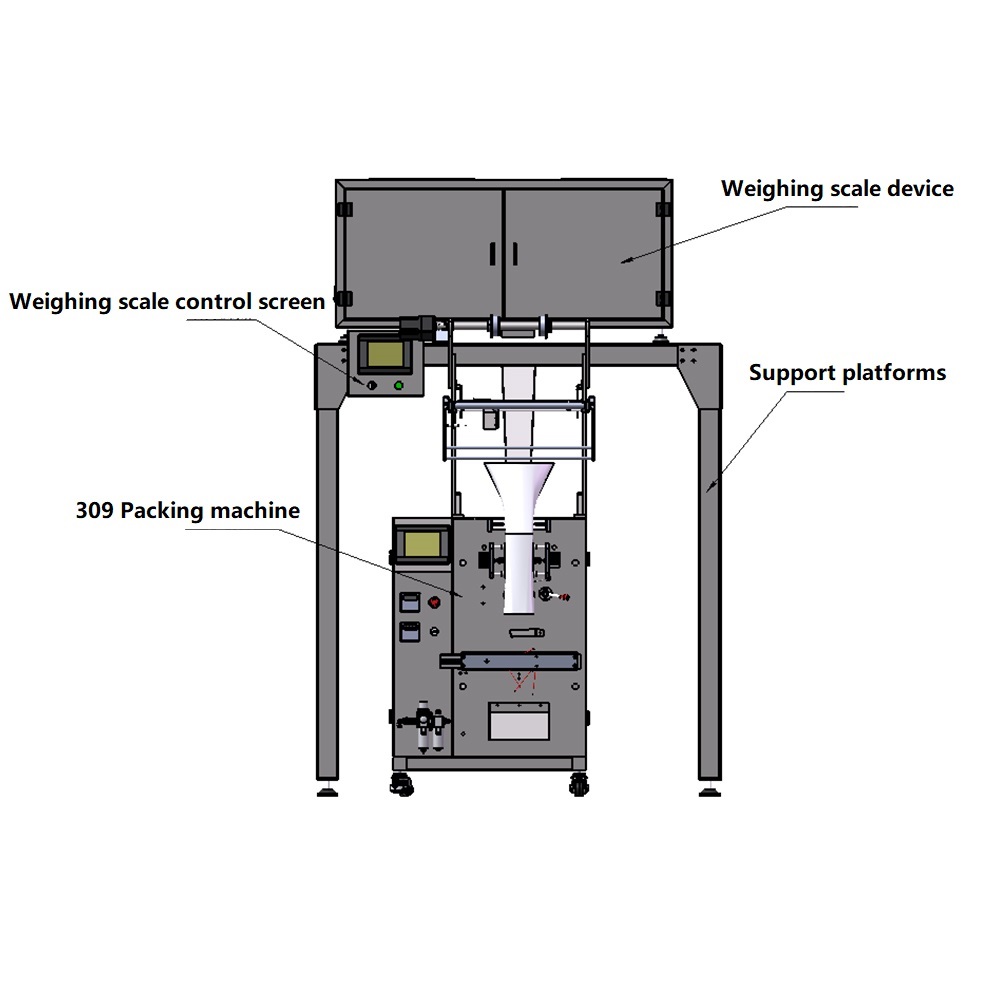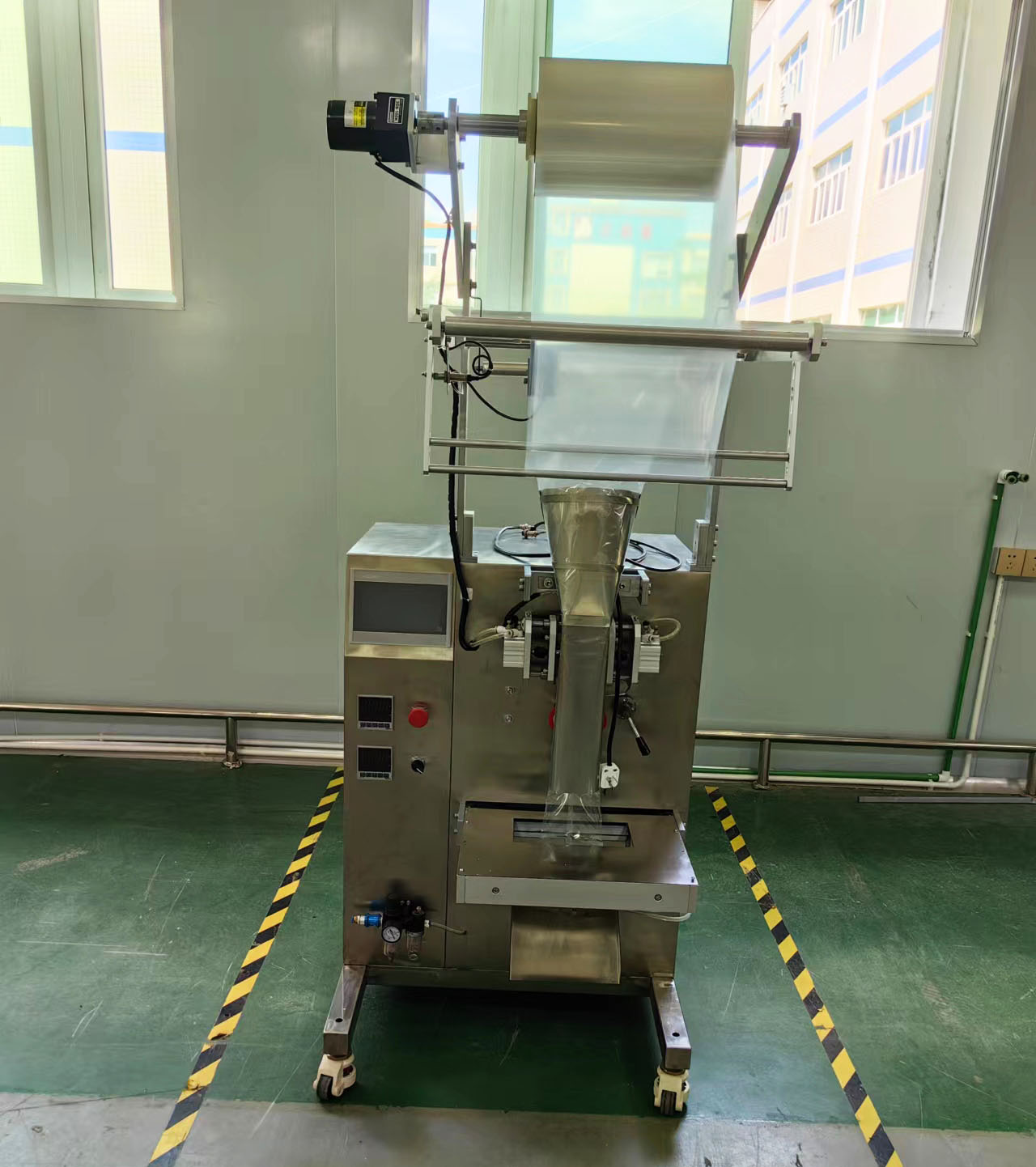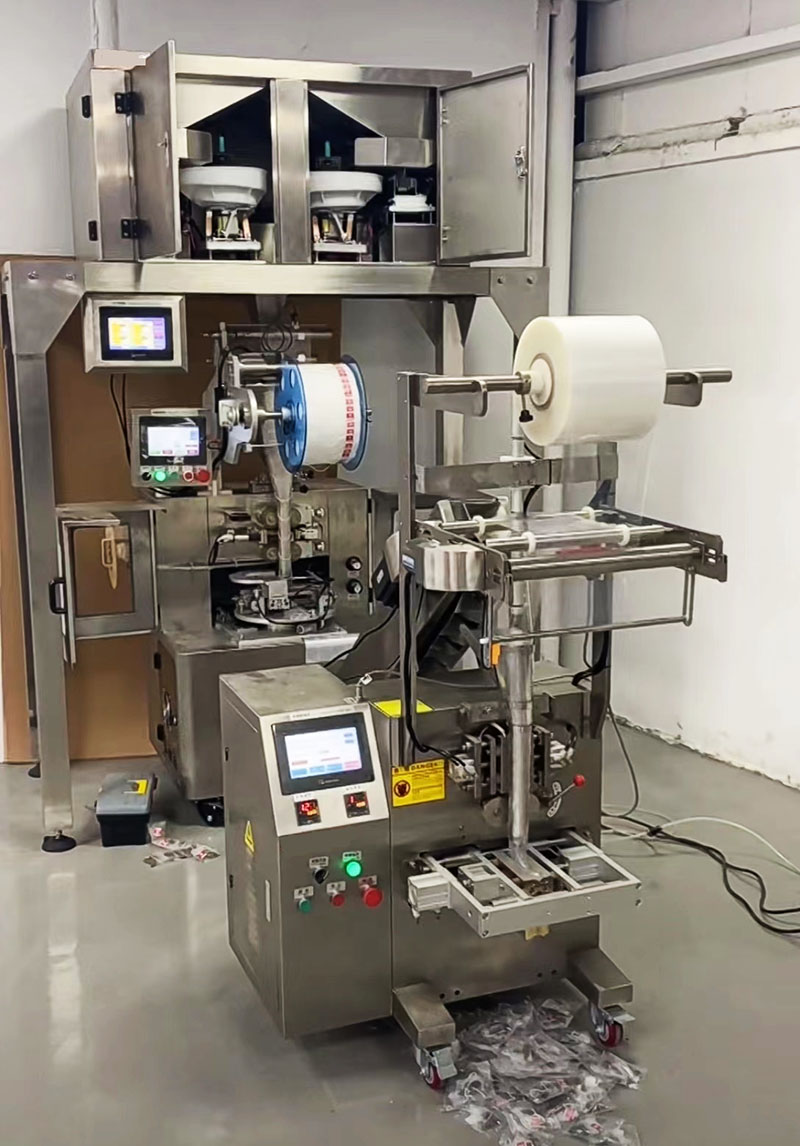Tea garden cultivation knowledge
Tea garden cultivation knowledge
Seed
The seed propagation method is simple, the cost is low, and the offspring is adaptable. However, tea trees are cross-flowered.Pollinated plants, the offspring of seeds have complex heredity, easy to produce variation, and difficult to maintain excellent traits of elite species.
Tea seed harvest
The harvest of tea seeds The harvest of tea fruits should be harvested in time according to the mature signs. The signs of tea fruit maturity are:
The husk is green with slight cracks; the seed husk is hard and brittle and brown in color; peeled off, the seed industry is full. Milky white. Generally, tea fruits are harvested before and after frost in the tea area. Harvest tea fruit should be carried out in a timely manner and in batches, so as to ensure the quality of tea seeds.
Do not harvest moth-eaten tea fruits. Different varieties of tea fruits must be harvested separately. Tea picked
Fruits should be spread out in a dry, cool and ventilated place, avoid sunlight and rain. The spread thickness should not exceed 10 cm. Turn it once or twice a day. Three or five days later, Cha Guo begins to split, you can gently rub and press to separate the husk from the seeds, and then use a sieve to sift out the tea seeds.
The dehulled tea seeds are then properly spread and aired to reduce the moisture content of the tea seeds to about 30%. Hulling and drying tea seeds, removing the inclusions, insects, and deteriorating ones, and then sieve (the sieve diameter is 12 mm)Grading, then you can sow .
Sowing
Winter sowing is best for the sowing period. Winter sowing has a higher germination rate than spring sowing and unearthed earlier, which can save tea seeds
Storage costs and labor.
Soak the seeds to accelerate the germination, first soak the tea seeds in warm water at 25-30℃ for 4-5 days (change the water twice a day, remove the tea seeds floating on the water and eliminate them), and then spread them on the sand bed high indoors (the thickness of the sand is 5 -6 cm), 7-10 cm thick, covered with a layer of 5-6 cm thick fine sand, and then covered with straw. Keep the room temperature at about 25°C and sprinkle water once a day. The air in the germination room should be properly circulated. When 50% of the tea seeds have exposed their radicles, they can be sown.
The seeding method can be hole seeding and single seed seeding. The row spacing of single seed seeding is 20 cm and the material distance is 3-4 cm. The hole spacing is 20 cm, the hole spacing is 15 cm, and 4-5 tea seeds are planted per hole. Cover soil immediately after sowing, with a thickness of 2-3 cm. The covering soil for winter sowing is slightly thicker, and the covering soil for spring sowing should be shallow.
Cuttings
The physiology basis of hair roots, tea tree vegetative organs, have physiological natural regeneration effects. which is,If a part of the organ is lost or mutilated, under appropriate conditions, the lost or mutilated part can grow and restore itself to its original complete state. Tea tree cuttings use the natural regeneration and polarity phenomenon of the tea tree's vegetative organs to cut the stem segments from the tea tree semi-ligninized branches and insert the lower end into the seedbed. After cultivation, the roots and branches can be formed to form independent new tea seedlings.
The cuttings are inserted into the seedbed, and the cells near the upper and lower cuts of the cuttings quickly produce thin films to seal the upper and lower cuts. A callus cork is formed under the film to cover the incision. Callus cork has protective effects such as preventing water loss and microbial invasion. At this time, the lower end of the incision is under known temperature and humidity, after a certain period of time, the callus is produced by the division of cambium and phloem parenchyma cells. At the same time, new roots are emitted from the inner sheath of the central column, or from the intersection of the marrow rays and the cambium. This is the process of cutting hair roots.
The content of carbohydrates in cuttings, including starch and sugar, is closely related to root formation. It is generally believed that the ratio of carbohydrates to appendicitis compounds (C/N) is an important factor in the basis of health. A large carbon-nitrogen ratio is conducive to rooting and growing seedlings. Experiments have proved that the branches and leaves become reddish brown, and when they reach semi-ligninization and the leaves are mature and finalized, the carbon and nitrogen are large, the cutting survival rate is high, the roots are good, and the seedlings are strong. The physiological process of cutting hair roots is closely related to the humidity, temperature, air, light, and soil physical and chemical conditions in which the cuttings are located. They influence each other and are related to each other. In the cutting breeding process, the relationship between various ecological factors should be properly coordinated, and the physiological characteristics of cuttings should be fully utilized.

















